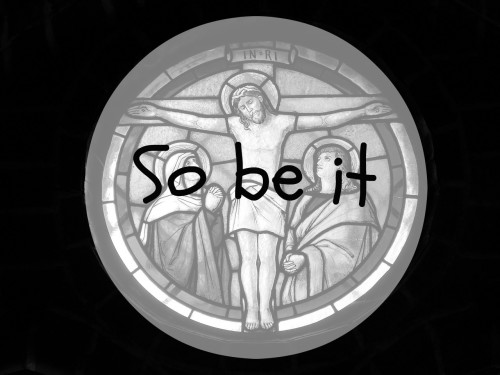Why is the darkest day of the Holy Week called Good Friday? Curious as I am, I could not resist searching the Internet for hours. I found three dominating explanations:
- Good, in the medieval period also meant “holy”. (Think of good god!, good Lord! and Would you be good enough ..?) Many Roman languages call Good Friday, Holy Friday. In French, it is for instance “Vendredi Saint”.
- Good Friday may have been derived from “God’s Friday” – just like “God be with you” became “goodbye”.
- Others maintain that it comes from the German “Gute Freitag“.
The last explanation is odd as in Germany it is called “Karfreitag” which is, Sorrowful or Suffering Friday. Among the western European languages, only the Dutch join the English in calling it “Good Friday”. Whereas the Scandinavians call it Langfredag or Långefredagen, so “Long Friday”.
Finally, I found a wonderful Dutch PDF document, aimed to explain to children, why “Goede Vrijdag” can be considered a good day.
Bill Banning concluded:
“It was obviously a horrible day, every day someone is tortured and innocently convicted is horrible. Unfortunately, it still happens. Therefore, it is good that organizations such as Amnesty International exist.
It was awful, but Jesus remained good. He didn’t hit back, he didn’t scold, he even prayed for his murderers. Thus, Jesus broke the spiral of violence. He did not repay evil with evil; he was able to forgive.
So for all Christians and all people with a good heart, Jesus set the example rather to suffer injustice than inflict injustice. He showed us how to strive with our heart and soul for good, for justice, and for mercy. And to resist oppression and abuse in any way whatsoever. Thus, Jesus became a role model for many great men of humanity such as Reverend Martin Luther King, Mahatma Gandhi, Mother Teresa, Nelson Mandela, Francis of Assisi and many others.”
So “Good Friday” teaches us to break the spiral of violence, stand up for justice and learn to forgive.
I am not religious but here I am tempted to say “Amen”.
So be it.


